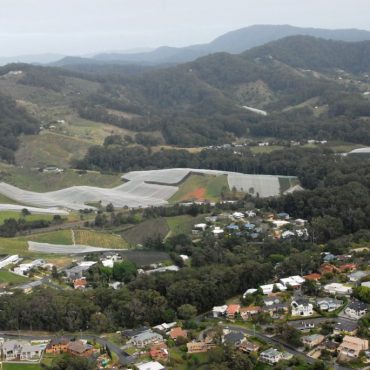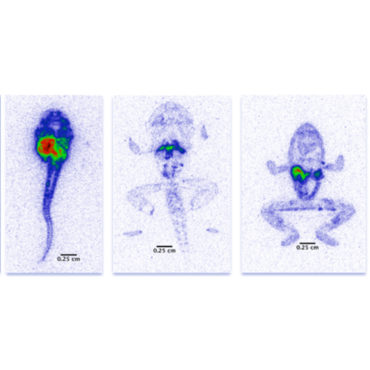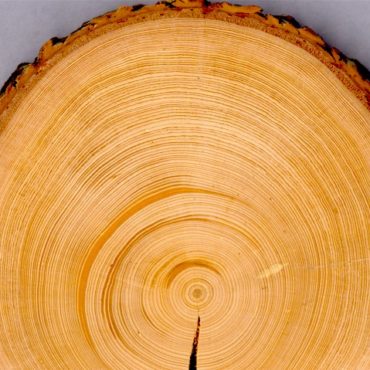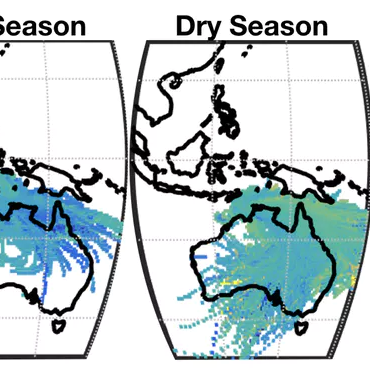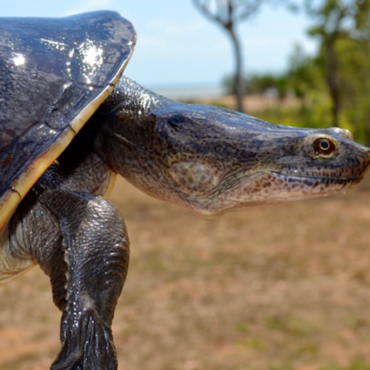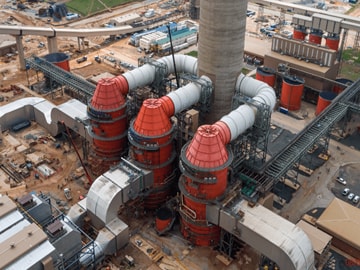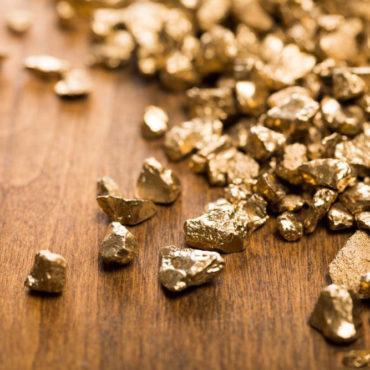Mercury release from intensive agriculture in New South Wales
Researchers from the Southern Cross University, in collaboration with the Coffs Harbour City Council, are conducting studies into the potential impacts of Intensive Plant Agriculture on the environment by investigating potential mercury contamination from pesticides
Radioisotope tracers of mercury
Featured image: Digital autoradiographic false colour phosphor images show selenium radiotracer (75Se; SeIV) distribution in ventral sections of tadpoles at developmental stage 33, 42 and 46 (Gosner, 1960). From Lanctôt et al. 2017 (Environ. Sci.
Tree rings can reveal past mercury contamination
This research is the first study of Hg bioaccumulation in any Southern Hemisphere trees, the species Huon Pine (Lagarostrobos franklinii), endemic to western Tasmania, was found to be one of the most efficient bioaccumulators of
Sources, chemical evolution, and transport pathways of atmospheric mercury
Sources, chemical evolution, and transport pathways of atmospheric mercury Mercury is a potent toxin that accumulates in foodwebs, with serious consequences for natural ecosystems and human health. While mercury exposure occurs primarily in ocean ecosystems,
Mercury bio-accumulation in freshwater ecosystems
Mercury contamination in freshwater turtles of the Northern Territory: an emerging problem with consequences for wild life and human health The Northern Australia freshwater turtles are considered an important source of protein for indigenous communities,
The regulation and governance of mercury emissions
Once released into the atmosphere, mercury can travel long distances, impacting far away from its original source. And mercury pollution has a long legacy in the environment, with potentially negative consequences for ecological systems and
Mercury Use in Gold Mining
Figure 1- A stamp mill used by Europeans during the colonisation period in Australia during the late 80s and early 90s. This mill was used to crush material for extraction of metallic ores. Past industrial
Seagrass sedimentary deposits as security vaults and time capsules of past mercury atmospheric deposition
This project is part of a Discovery Early Career Researcher Award (DECRA) where Dr Oscar Serrano is pioneering the use of seagrass sedimentary archives from estuaries in Australia to reconstruct the past history of coastal and

